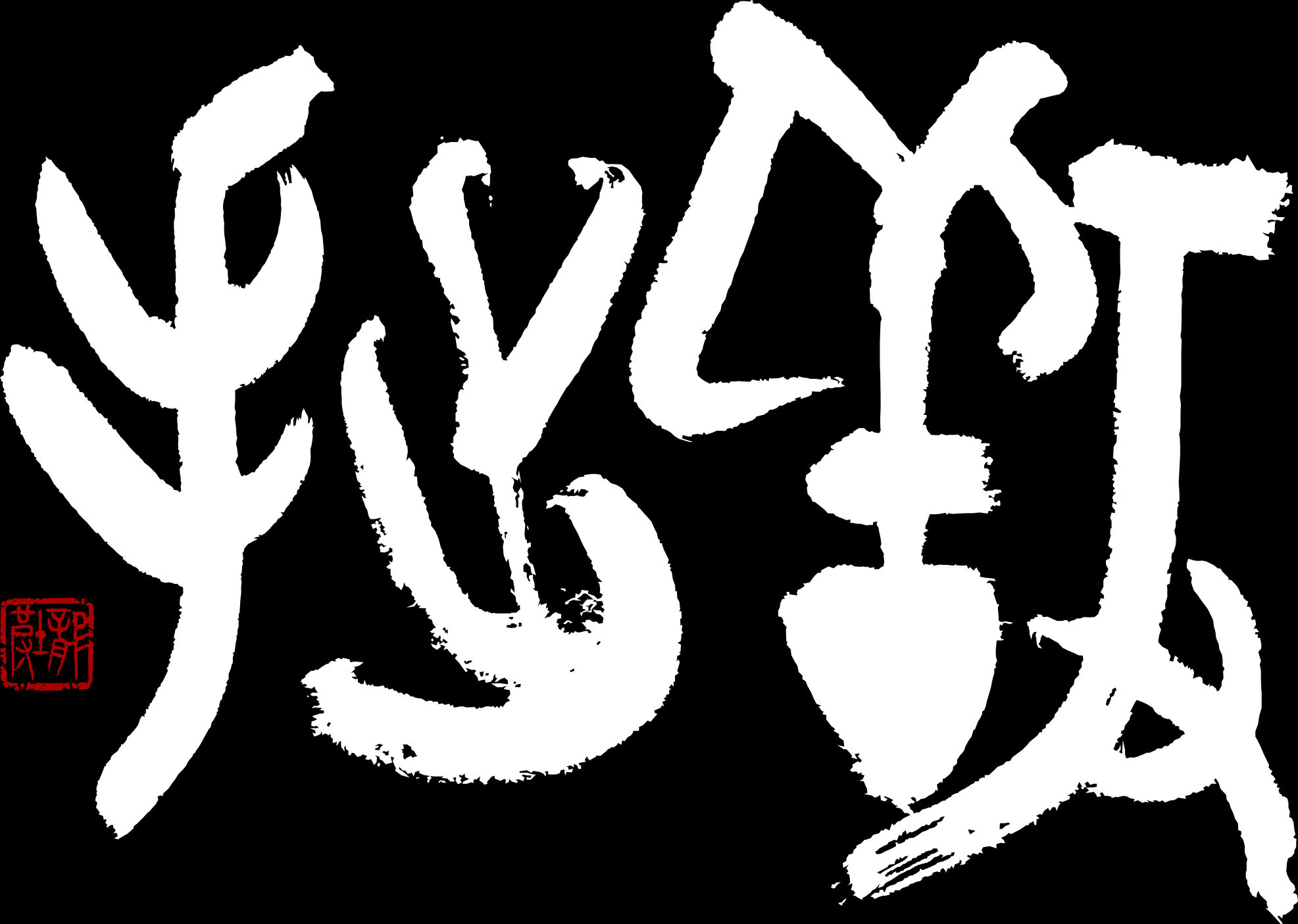- Please be patient. This page may take a few seconds to load fully.
- Hover the mouse pointer or tap on a character to see its stroke order.
- Click on the 🔊 icon below a character to hear its pronunciation.
(a) Regular hiragana
| あ a 🔊 |
い i 🔊 |
う u 🔊 |
え e 🔊 |
お o 🔊 |
| か ka 🔊 |
き ki 🔊 |
く ku 🔊 |
け ke 🔊 |
こ ko 🔊 |
| さ sa 🔊 |
し shi 🔊 |
す su 🔊 |
せ se 🔊 |
そ so 🔊 |
| た ta 🔊 |
ち chi 🔊 |
つ tsu 🔊 |
て te 🔊 |
と to 🔊 |
| な na 🔊 |
に ni 🔊 |
ぬ nu 🔊 |
ね ne 🔊 |
の no 🔊 |
| は ha 🔊 |
ひ hi 🔊 |
ふ fu 🔊 |
へ he 🔊 |
ほ ho 🔊 |
| ま ma 🔊 |
み mi 🔊 |
む mu 🔊 |
め me 🔊 |
も mo 🔊 |
| や ya 🔊 |
ゆ yu 🔊 |
よ yo 🔊 |
||
| ら ra 🔊 |
り ri 🔊 |
る ru 🔊 |
れ re 🔊 |
ろ ro 🔊 |
| わ wa 🔊 |
を wo 🔊 |
|||
| ん n 🔊 |
(b) Hiragana with dakuten
- Adding a dakuten (濁点・だくてん) to a character changes the consonant part of the character from an unvoiced consonant to a voiced consonant. That is:
/k/ → /g/ /s/ → /z/ /t/ → /d/ /h/ → /b/ - We often see dakuten in words which are formed by combining simpler words. For example, 花火・はなび・hanabi = “firework.” In this example, the simpler words are 花・はな・hana = “flower” and 火・ひ・hi = “fire.” The presence of な・na before ひ・hi changes its consonant from /h/ to /b/.
| が ga 🔊 |
ぎ gi 🔊 |
ぐ gu 🔊 |
げ ge 🔊 |
ご go 🔊 |
| ざ za 🔊 |
じ ji 🔊 |
ず zu 🔊 |
ぜ ze 🔊 |
ぞ zo 🔊 |
| だ da 🔊 |
ぢ di 🔊 |
づ du 🔊 |
で de 🔊 |
ど do 🔊 |
| ば ba 🔊 |
び bi 🔊 |
ぶ bu 🔊 |
べ be 🔊 |
ぼ bo 🔊 |
(c) Hiragana with handakuten
- Adding a handakuten (半濁点・はんだくてん) to a character changes the consonant part of the character from /h/ to /p/.
- Long ago, there was no /h/ sound in Japanese. The characters in the h-row of the hiragana table (は, ひ, ふ, へ, ほ) all had /p/ consonant sounds. Over time, the /p/ sound changed to an /h/ sound. The handakuten mark was added to the Japanese language to restore the old /p/ sound.
| ぱ pa 🔊 |
ぴ pi 🔊 |
ぷ pu 🔊 |
ぺ pe 🔊 |
ぽ po 🔊 |
(d) Compound hiragana
- The Japanese name for compound hiragana is 拗音・ようおん・yō’on = “crooked sounds.”
- Although we use two hiragana characters to write them, compound hiragana are the same length as single hiragana characters when spoken.
- All the compound hiragana are combinations of one character from the i-column of the hiragana table (き, し, ち, に, ひ, み, り) and one of either ゃ, ゅ, or ょ.
| きゃ kya 🔊 |
きゅ kyu 🔊 |
きょ kyo 🔊 |
| ぎゃ gya 🔊 |
ぎゅ gyu 🔊 |
ぎょ gyo 🔊 |
| しゃ sha 🔊 |
しゅ shu 🔊 |
しょ sho 🔊 |
| じゃ ja 🔊 |
じゅ ju 🔊 |
じょ jo 🔊 |
| ちゃ cha 🔊 |
ちゅ chu 🔊 |
ちょ cho 🔊 |
| にゃ nya 🔊 |
にゅ nyu 🔊 |
にょ nyo 🔊 |
| ひゃ hya 🔊 |
ひゅ hyu 🔊 |
ひょ hyo 🔊 |
| びゃ bya 🔊 |
びゅ byu 🔊 |
びょ byo 🔊 |
| ぴゃ pya 🔊 |
ぴゅ pyu 🔊 |
ぴょ pyo 🔊 |
| みゃ mya 🔊 |
みゅ myu 🔊 |
みょ myo 🔊 |
| りゃ rya 🔊 |
りゅ ryu 🔊 |
りょ ryo 🔊 |
